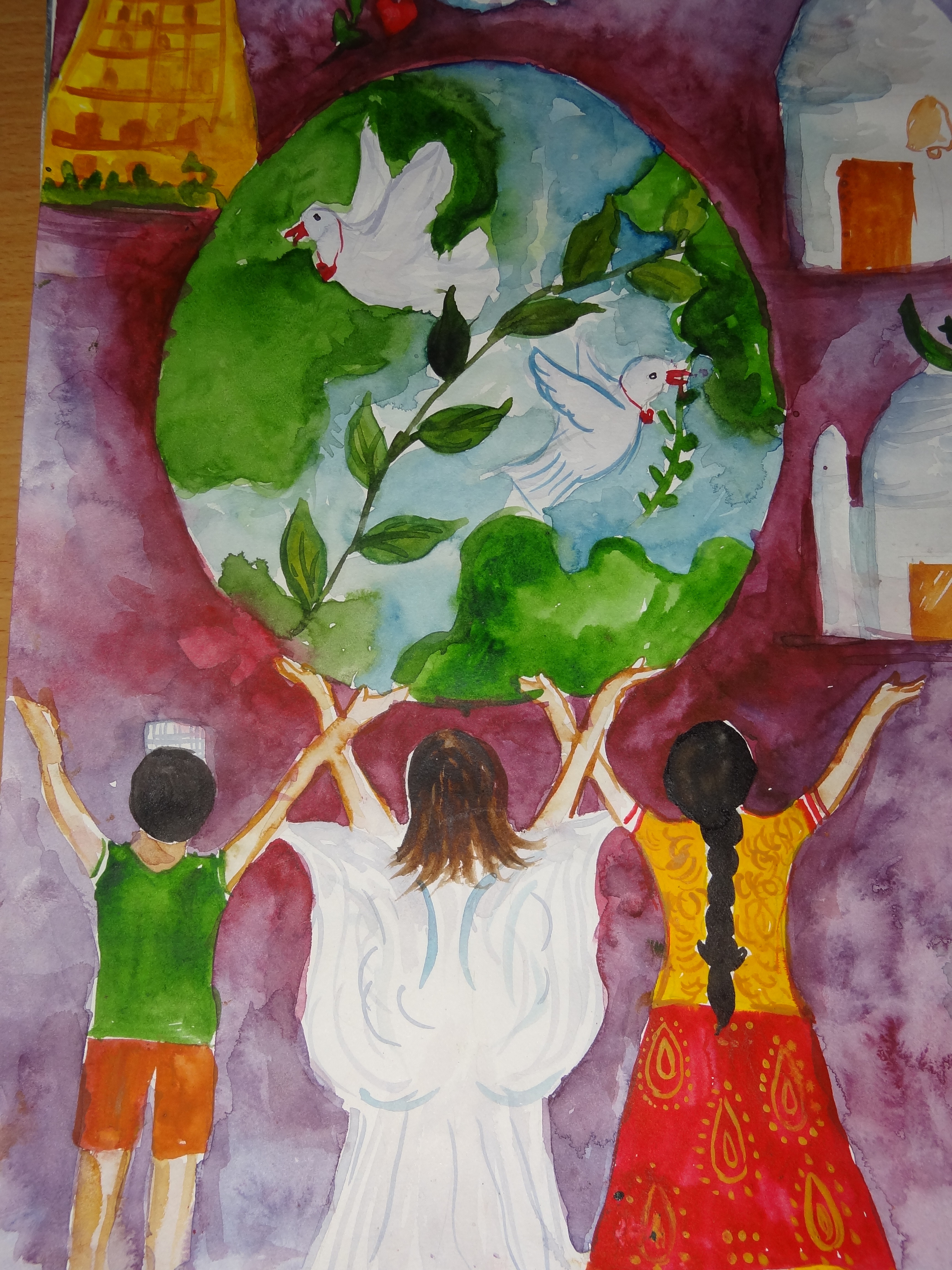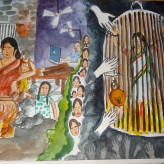Gender Equality

Kerala has made notable strides in the social development context which include achieving universal access to primary and secondary education for boys and girls, favorable female-male ratios, high literacy rates and high life expectancy rates for both men and women. However, these improvements in education and public health have not translated into increased participation of women in the economic and political spheres. Patriarchal forces and the rigid and oppressive caste system prevalent in Kerala are suspected to be responsible for this paradox of inequality in a state where women have equal access to education and healthcare.
The following statistical figures will help illuminate the still backward position of women in higher education, the labor market and the political arena:
-
Gross Enrolment Rates are low at secondary levels and at tertiary level, although higher than men. The gross enrolment ratio of males at the tertiary level in Kerala was 26.6 while that of females was 35. At the higher secondary level, the gross enrolment ratio of females was 103.58 while that of males was 102.31. Males were recorded to have a gross enrolment ratio of 72.88 at the senior secondary level compared to 82.44 for females at the same level (Educational Statistics at a Glance, 2018).
-
Sex Ratio at birth for the year 2018 is 963; it was 964 for the year 2017. (Vital Statistics, GOK, 2017)
-
Female labour participation continues to be low, hovering between 25-30%.
-
Kerala has the highest unemployment rate for women in the country, a definite sign of gender inequality in the labour market.
-
In Kerala, male casual laborers are paid almost double (Rural- 345.14 and Urban – 335.76) than their female counterparts (Rural- 169.61 and Urban – 167.56). At the National level this gender gap is not so significant. (Gender Statistics 2017).
-
In 2016-2017, women owned only 27% of the private buildings in the state ((Building Statistics, GOK, 2016)
-
Political participation in the state legislature where there is no reservation is lower than in Bihar. (7% in Kerala compared to xx% in Bihar). Out of 20 Cabinet members, only 2 are women. Out of 20 Members of Parliament from the state, one is a woman.
-
4 out of 29 judges on the Kerala Highcourt are women.
-
69% of the women in 2015 were of the view that it was okay to be beaten by a spouse for a justifiable reason, while 58% of the men believed that it was okay to beat their spouse.
Gender discrimination is a serious threat even today and its impacts on society are further exacerbated by division on the basis of social class, caste, religion and age. While women in Kerala have achieved access to education and healthcare, they still fall behind when it comes to employment and political participation. It is important to dig deeper into the factors hampering gender equality in the state, and to come up with a plan to address this critical issue.
Read MoreEkatha sent the following comments to the Honorable Home Minister of Kerala…

on the Draft Bill for Protection of the Dignity and Privacy of Women (2013). It was handovered by Ekatha Members on March 24th. Shri Radhakrishnan promised to bring it to the attention of the concerned committee members.
Ekatha Comments dated March 24th, 2013
Read More

